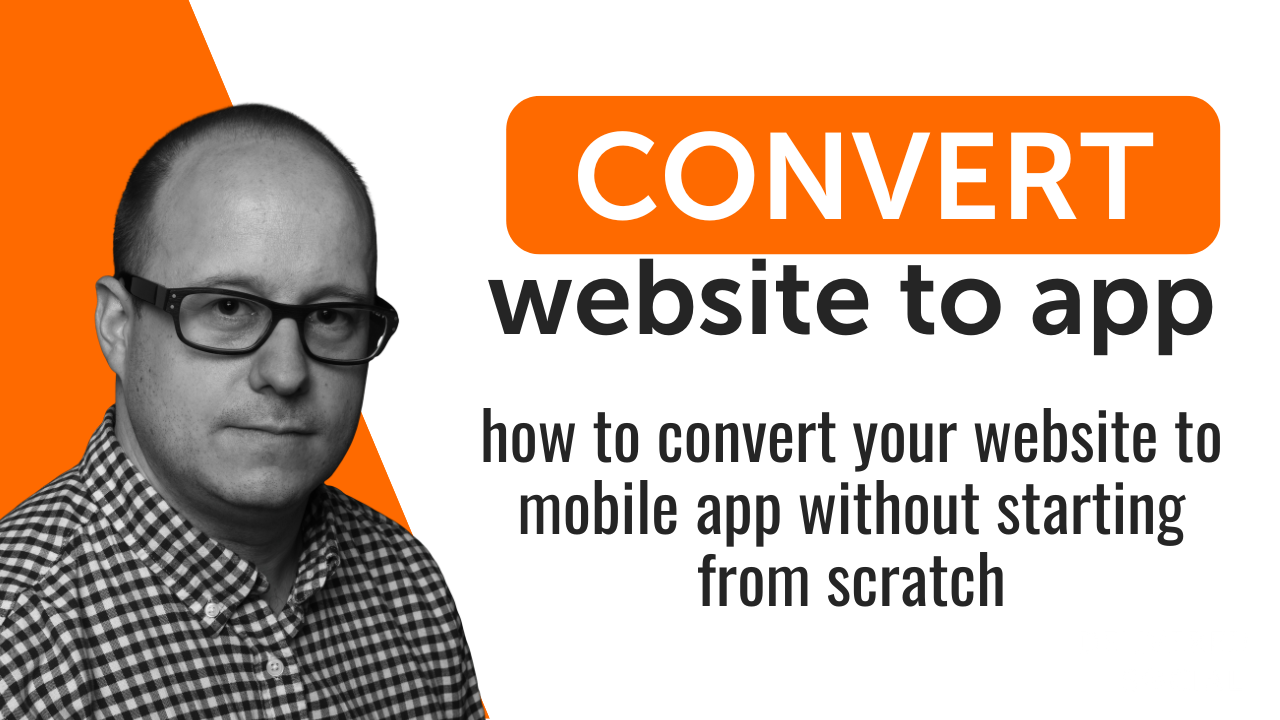
In today’s digital-first environment, having a mobile app can significantly enhance user engagement. While many businesses have websites, they may not have the resources to build an app from the ground up.
Converting a website into a mobile app presents an effective solution. This cost-effective process can be beneficial for reaching a broader audience. This guide outlines the steps to create a mobile app from an existing website without starting from scratch.
Understanding the Basics
It is important to understand the difference between a website and a mobile app before you convert a website to an app. Websites are typically accessed in browsers and can be responsive to different devices.
Mobile apps, on the other hand, offer a more personalized experience by being accessible on mobile devices. Due to this, apps usually include features such as offline access and push notifications. Understanding these differences allows for well-informed choices during the entire process.
Planning Your Strategy
Planning is the first step in a successful conversion. Start by identifying the essential aspects of a website to incorporate into the app. This is because the entire website will not be required for the app. Focusing on key functionalities will make the app user-friendly.
Think about who your audience is and where they are. Having this detail in hand can help your design decisions and even guide you to single or multi-platform development on Android, iOS, or both.
Choosing the Right Tools
Different tools and platforms are available to help make the conversion easier. On these platforms, you can carry out the conversion without building an app from scratch. It is crucial to do your research and choose a tool that suits your needs the most.
Few platforms come with drag-and-drop features, while others offer code customization. Consider all the options available depending on budget, technical know-how, and particular requirements.
Design Considerations
Design plays an extremely important role in the success of a mobile app. The layout of a website may not necessarily be suitable for an app. Focus on simplifying navigation and making the app intuitive.
One should always comply with design guidelines based on the platform, such as Material Design for Android and Human Interface Guidelines for iOS. Using the same visuals and branding for the app and website helps ensure a smooth transition.
Development and Testing
Once the design is finalized and a platform is chosen, the app development using the chosen platform can begin. Throughout this process, you must prioritize the user experience.
Testing the same page on multiple devices and sizes allows you to spot any problems as soon as they arise. The app must run smoothly, and testing can help achieve that and provide a satisfactory experience.
Integrating Key Features
Mobile apps can also offer features that web browsers lack, like richer interactivity and engagement enhancers. Push notifications, for example, can alert users to updates, special offers, or new content.
Additionally, offline functionality can be added to the app so that it can run some features and work without internet access. Such features can boost user satisfaction and retention.
Launching the App
After thoroughly developing and testing the app, it is ready for launch. Submissions to app stores require meeting specific guidelines and requirements. Every platform has its own additional rules for app submission. Having the required documentation and aligning with these standards is crucial to ensure a smooth launch.
Promotion and User Engagement
Once an app is launched, it needs to be promoted to ensure people use it. Use existing marketing channels to announce the app’s availability. Promote the app with its benefits and encourage visitors to download it. Engaging with them through feedback would allow you to know what to improve.
Monitoring and Updates
The journey doesn’t end with the app’s launch. Regular updates, based on user feedback, are necessary to maintain the app’s performance and ensure it has all the current features.
Monitoring app performance through analytics can help identify areas for enhancement. It is important to keep the app updated with new features and improvements to ensure it remains relevant and functional.
Conclusion
Converting a website into a mobile app is a practical step toward enhancing user interaction and expanding your brand’s reach. By understanding the process, choosing the right tools, and focusing on design and functionality, businesses can create an app that complements their existing website.
The transition from web to mobile can seem complex, but if you plan and execute the process carefully, you can start reaping the benefits right from the get-go.
Interested In Working Together?
Introducing Delivered Social. We’re The Most-Rated Digital Agency In Surrey & Hampshire – We’ve Got To Be Doing Something Right.
Delivered Social is a digital marketing agency with one mission—to help businesses grow. We’re famous in Guildford and Portsmouth for our social clinics. We believe in free advice. We build lasting relationships because our team prides itself on being helpful, which our clients appreciate.
If you are looking for a new website or an agency to manage your social media presence, we can help.
If you need something slightly different, here's a super handy list of all our services, or you can always email us.























